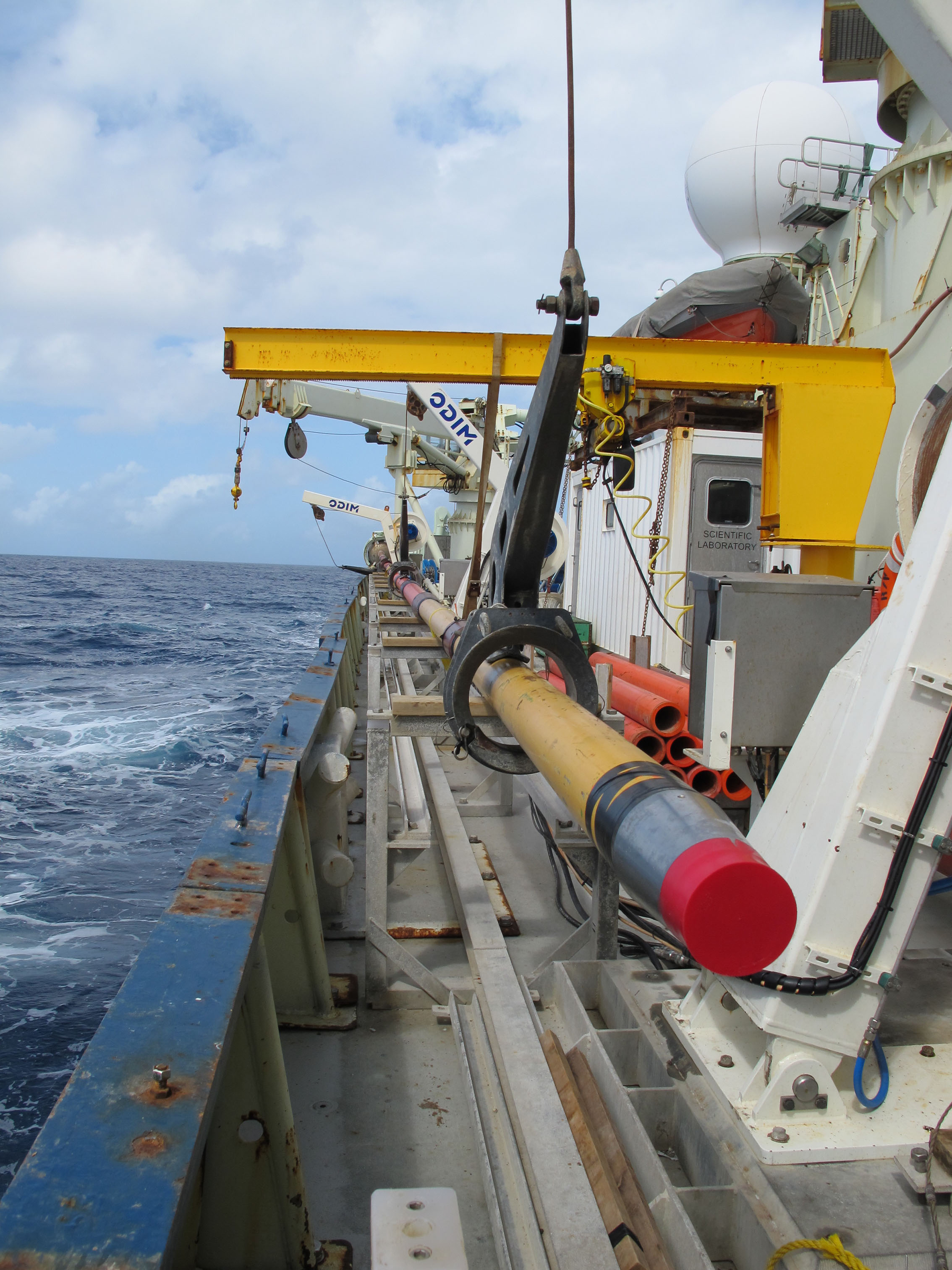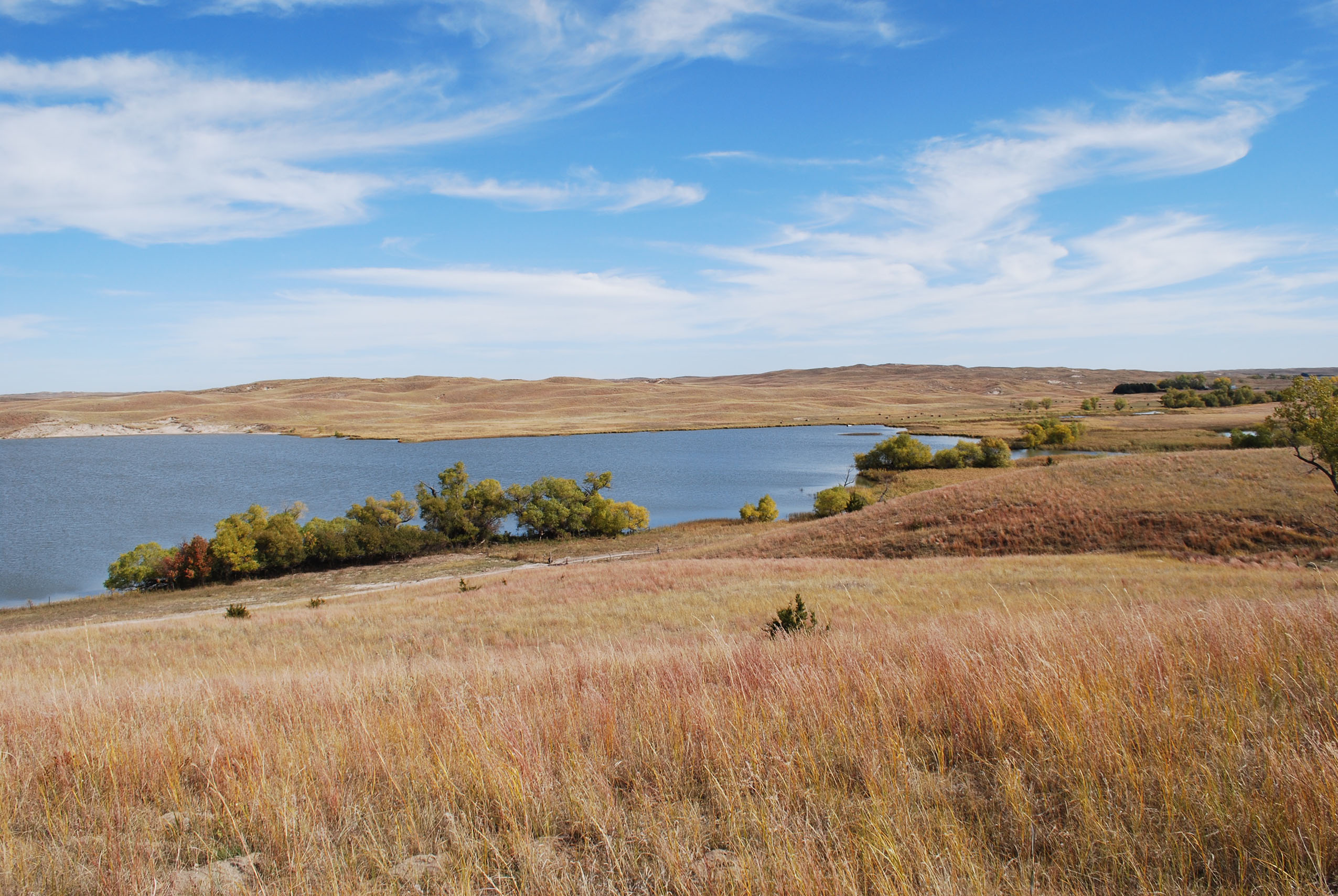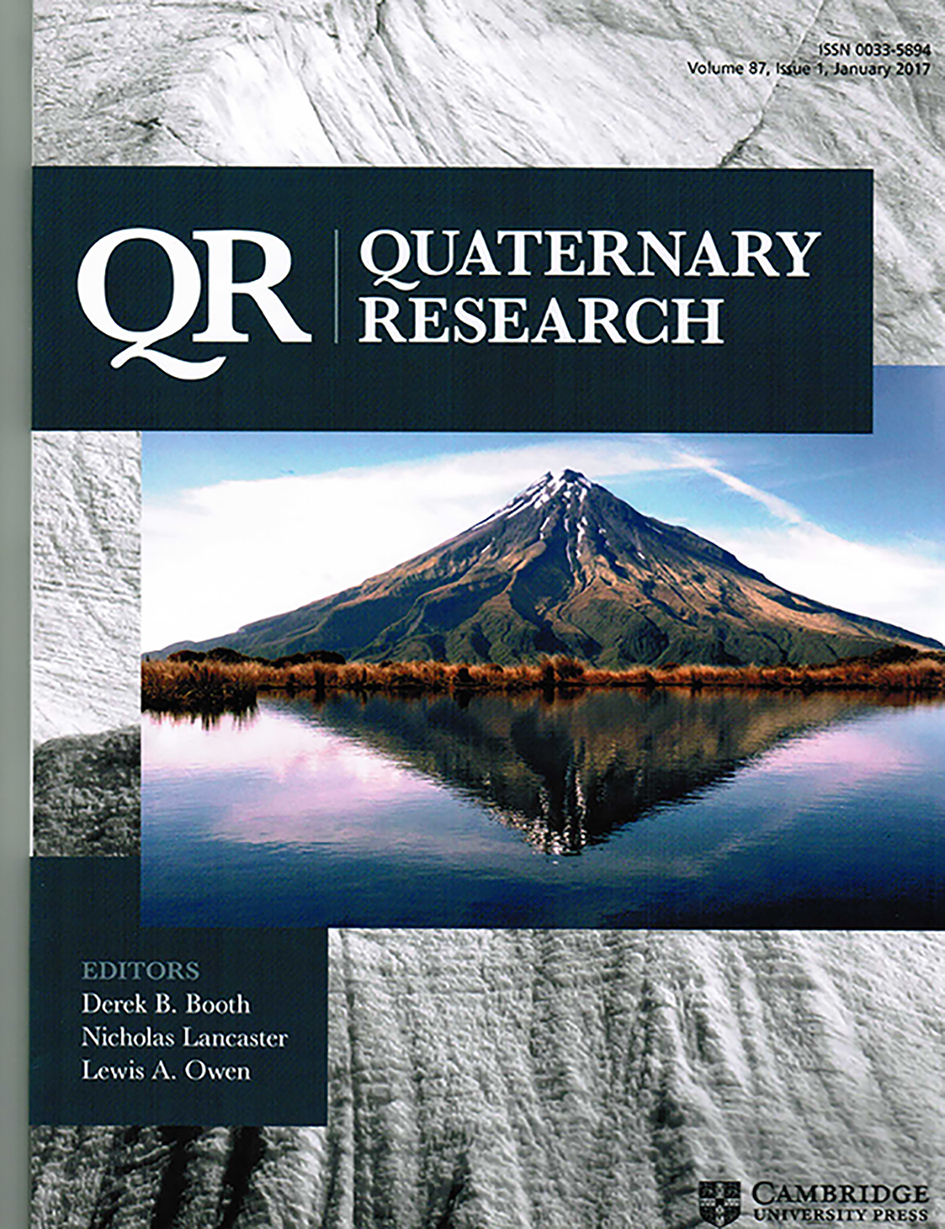Rocky Mountain Cell
For general FOP information visit http://www.fop.cascadiageo.org/
- 2008 Rocky Mountain Friends of the Pleistocene
- 22-24 September 2000: Capitol Reef National Park and vicinity
2011 Rocky Mountain Friends of the Pleistocene field trip
The 2011 Rocky Mountain Friends of the Pleistocene field trip, The Bonneville Flood - Revisited, will be September 22-25. For more information, see: geology.isu.edu/~crosby/fop_flood/
2010 Rocky Mountain Friends of the Pleistocene field trip
Information about the 2010 Rocky Mountain Friends of the Pleistocene field trip to the Henry Mountains, UT, can be found here: www.public.asu.edu/~mjungers/FOP_HenryMountains.html
2008 Rocky Mountain Friends of the Pleistocene

September 6-8, 2008, Quaternary Happenings in the Overthrust Belt, Western Wyoming
Leaders: Jim McCalpin, Greg Warren, Al Jones
ATTRACTIONS: everybody knows the Quaternary of Wyoming, but mainly from the Yellowstone, Jackson Hole, and Wind River areas. Sure, these are great places. But there is another province here that nobody ever talks about: The Overthrust Belt. These fold-and-thrust ranges extend from Canada to Utah and (unlike the better-known Wyoming locales) are composed of Paleozoic and Mesozoic sedimentary rocks, rather than Precambrian crystalline rocks.
Does this make a difference? You bet. Although the climatic forcing during the Quaternary was the same as in those better-known areas, the geomorphic response of these sedimentary rock ranges was quite a bit different. Most of this is due to weakness of sedimentary rocks. For example, the ranges were glaciated, a bit, but glaciation in folded sedimentary rocks makes a suite of landforms and deposits more subtle than those in crystalline ranges. If you don’t know what these look like, you better check them out.
Another thing that happens in sedimentary mountain ranges is landsliding. The Salt River Range probably has the highest density of landslides of any mountain range in the USA. So the sediment yield response to climate change is much greater than what you would get in a crystalline mountain range.
Finally, there is the Quaternary tectonics. Neogene east-west extension of the Overthrust Belt induced reactivation of Sevier-age thrust faults as normal faults. Today’s topographic relief is the result of this process. But unlike the fault scarps found in most crystalline terranes, these aren’t where you would expect.
More details at www.geohaz.com/2008%20FOP%20Overthrust%20belt%202nd.htm



